|
In Charlotte Brontë's Jane Eyre, Thornfield Hall is home to the novel's Byronic hero, Mr Rochester. It's here that Jane comes to work as a governess to his young ward, Adèle. The house represents a 'field of thorns' that our heroine must traverse, but it's also her first true home and one of the most important settings in the novel. And although Thornfield Hall was a fictitious creation, there's evidence to suggest it was based it on a real place, if not several different places. The 2011 adaptation of Jane Eyre featured Haddon Hall (pictured) in Derbyshire. I recently had the opportunity to visit North Lees Halland Norton Conyers, two houses claiming to be the original Thornfield. Both houses boast a connection to the author: Charlotte visited North Lees while staying with her school friend Ellen Nussey in Hathersageand she came to tour Norton Conyers when she was working as a governess in nearby Skipton. And at first glance, both houses match the description in the novel: "It was three stories high, of proportions not vast, though considerable: a gentleman's manor-house, not a nobleman's seat: battlements round the top gave it a picturesque look." But on further inspection, Norton Conyers seems to match more of the features mentioned in the text: a sunken fence, an area once used as a rookery and most notably, an attic room, where a 'madwoman' was kept in the 18th Century. Just over the battlements on the north side of the house, there's a small, round window belonging to the attic room. 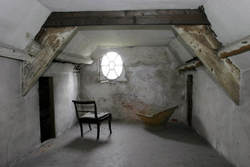 Home to Sir James and Lady Graham, this late medieval manor house has belonged to the noble Graham family since 1624. Not open to the public, the property is currently undergoing major restorations in preparation for a 2013 opening. And it was during some of these recent renovations that workers uncovered a hidden staircase leading to the attic.
0 Comments
Leave a Reply. |
Categories
All
|
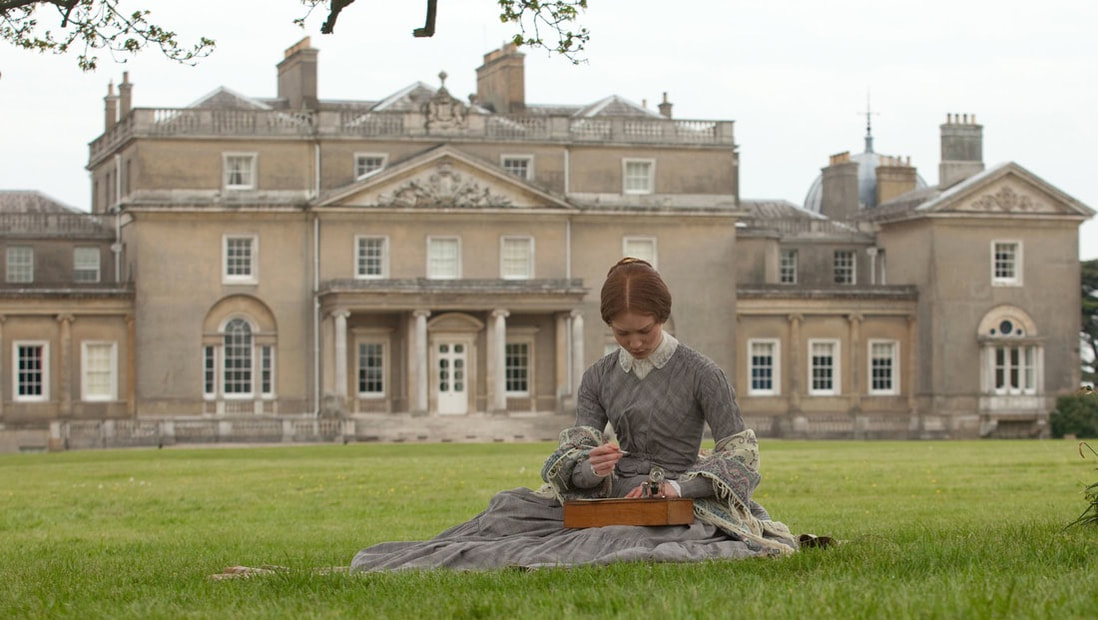
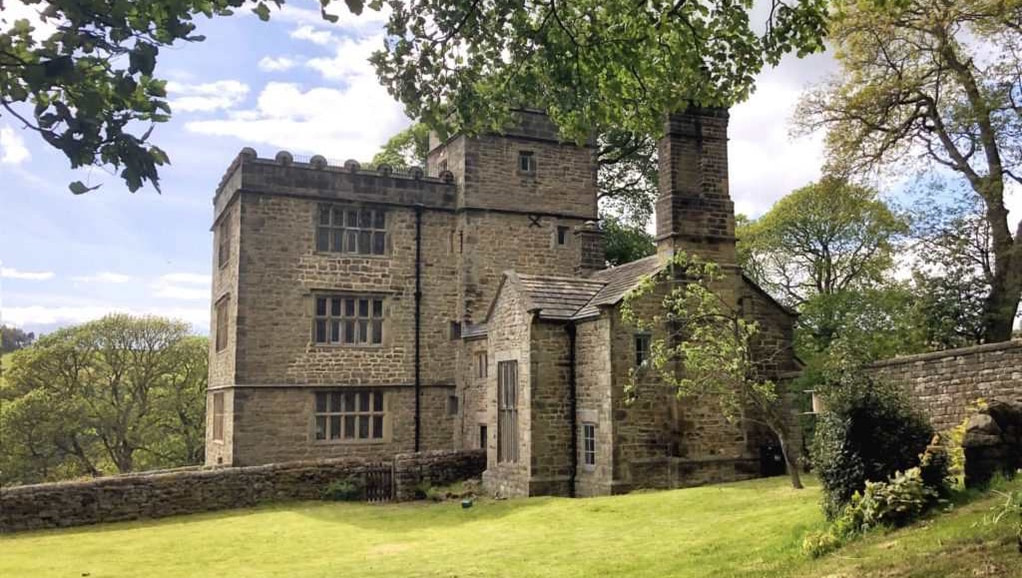
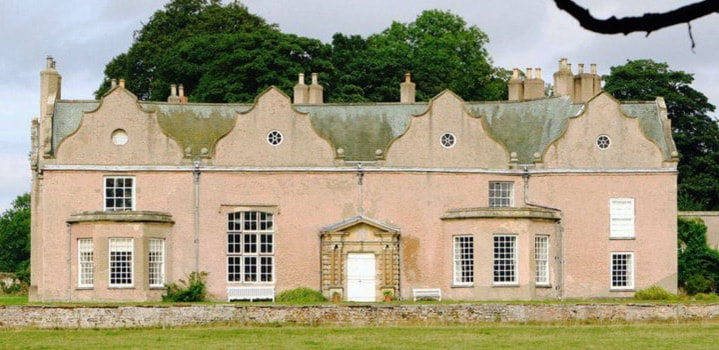
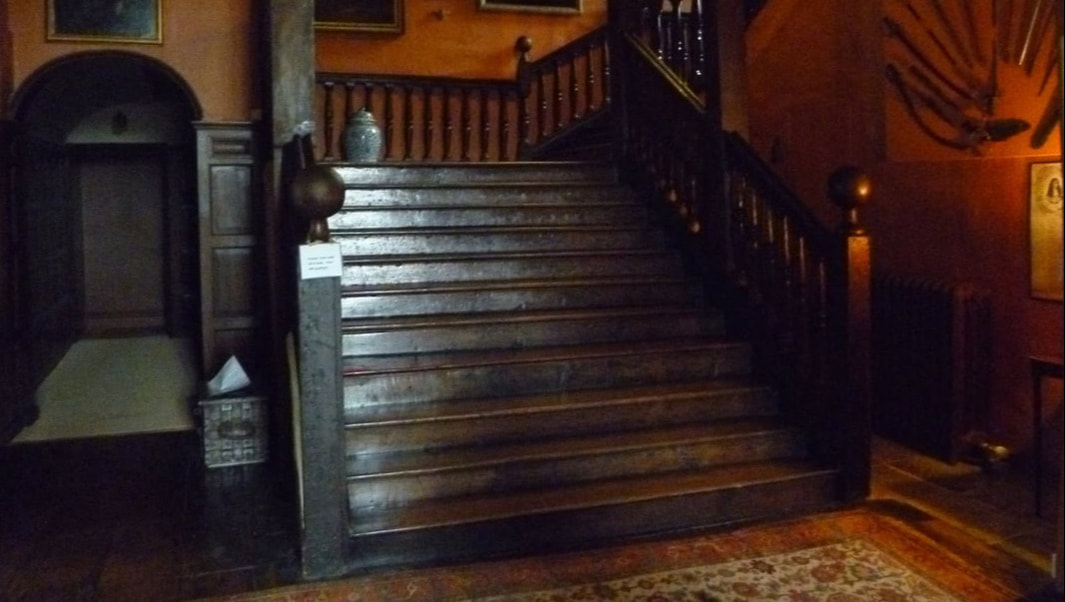
 RSS Feed
RSS Feed